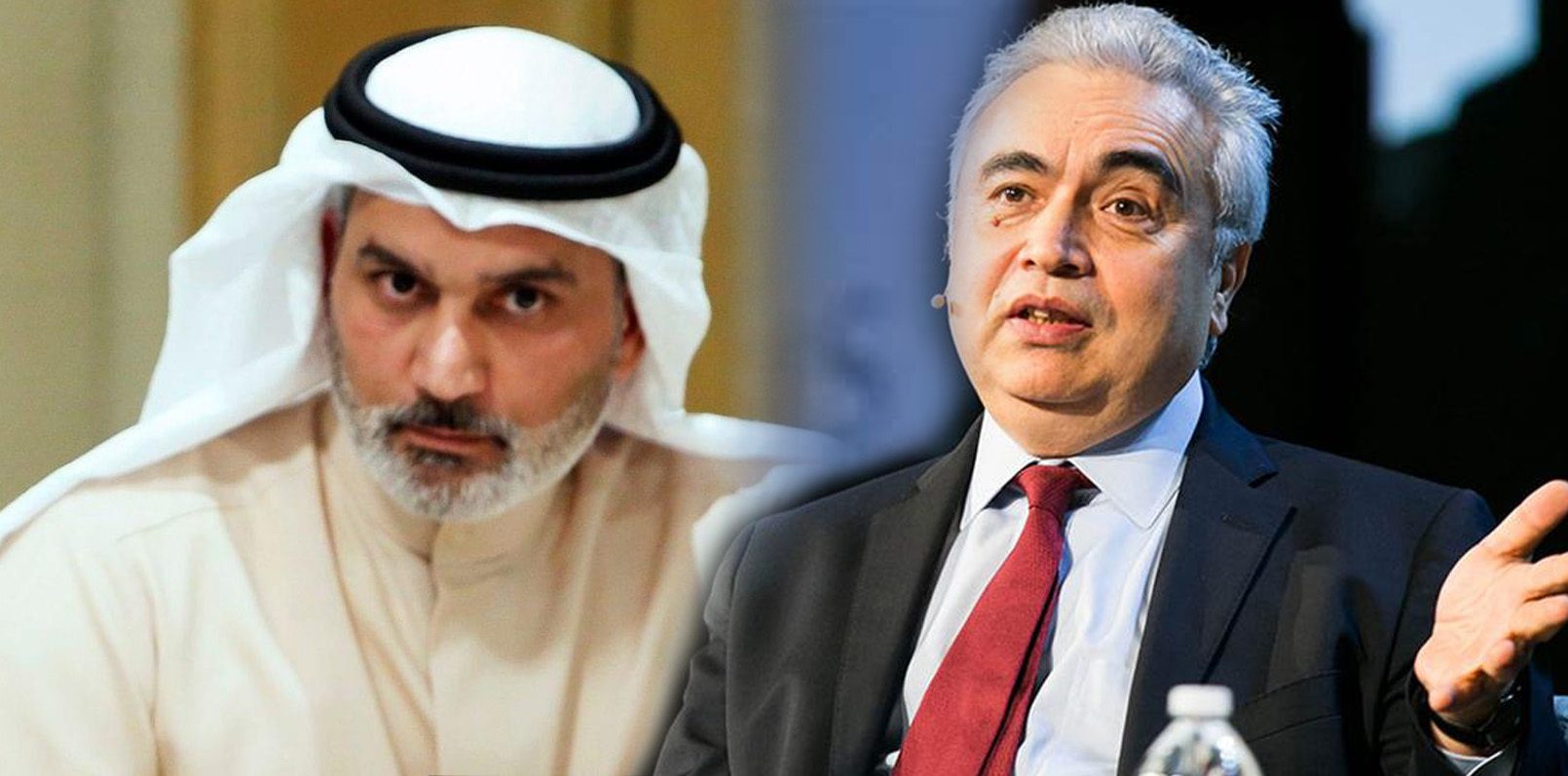The International Energy Agency (IEA) forecasts that OPEC’s market share could drop to eight million barrels per day (b/d) below its combined output capacity by 2030. The Paris-based organisation which largely represents western oil-consuming economies, suggests that OPEC faces challenges in maintaining prices as consumption declines and competition from non-OPEC producers intensifies.
In its 2024 World Energy Outlook, released on Oct. 16, the IEA predicts that OPEC’s market share will fall from the current 34% to 33% in 2030, the lowest since the 1980s, before recovering to 40% by 2050. High production from countries like the U.S., Canada, Brazil, and Guyana is seen as a significant threat to OPEC’s dominance. The IEA projects global oil output will decrease by 10% to 90.3 million b/d by 2050.
IEA: OPEC’s grip on global oil prices may weaken | OilNOW
In a scenario with stronger efforts toward net-zero goals, global output in 2050 could drop to just 52.1 million b/d, with OPEC producing only 21.36 million b/d. The IEA highlights a potential “significant overhang of supply” in this decade, with OPEC’s spare capacity expected to rise from six million b/d in 2024 to eight million b/d in 2030.
Saudi Aramco’s decision to cancel plans to boost its oil production capacity to 13 million b/d further complicates OPEC’s efforts to stabilize the market. The IEA also predicts that the required investment to maintain market stability will be 20% lower in 2035 than in 2024.
OPEC, IEA trade words as oil price jumps again | OilNOW
OPEC remains skeptical of the IEA’s projections. In its own 2024 World Oil Outlook, released on September 24, OPEC anticipates oil demand will increase by 18 million b/d to reach 120.1 million b/d by 2050, driven by growth in India, Asia, the Middle East, and Africa.
OPEC Secretary General Haitham al-Ghais criticized the notion of an oil phase-out, calling it a “fantasy” that threatens global energy security by discouraging crucial investments. He stated that US$17.4 trillion in projects would be needed to meet global demand through 2050.
Despite its optimistic stance, OPEC has taken a more cautious approach recently. The group, along with its Russia-led allies, delayed the reintroduction of 2.2 million b/d of voluntary production cuts in September to avoid a price crash.



